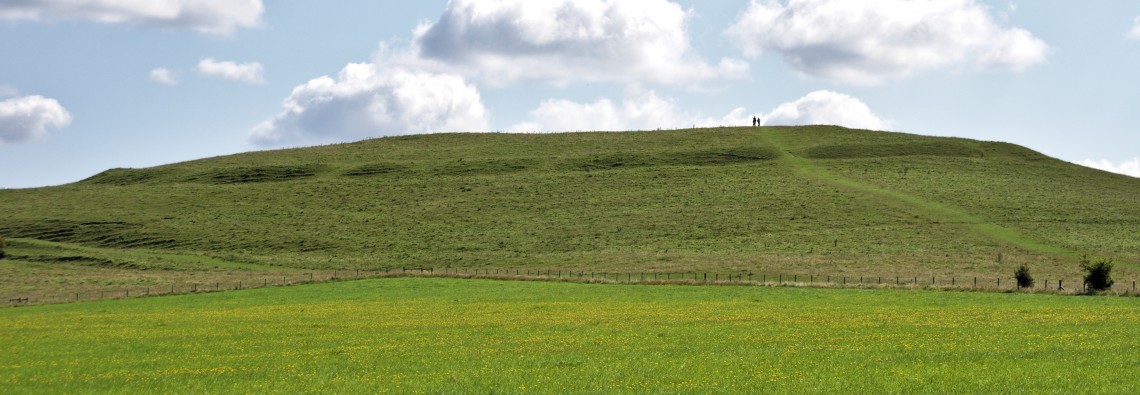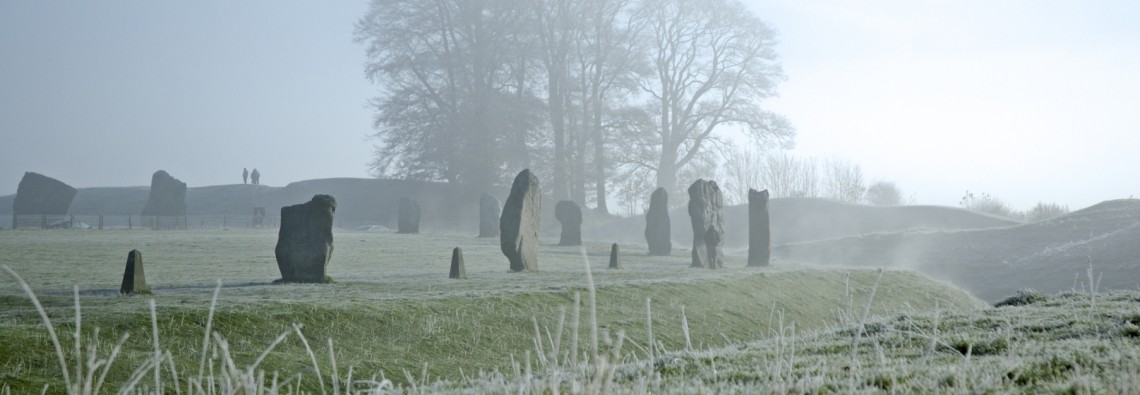Welcome
Stonehenge and Neolithic enclosures in Europe

You may have heard of Stonehenge. This worldwide-known prehistoric monument, with its huge standing stones and striking features, attracts over one million visitors every year. Its purpose and the circumstances of its construction are surrounded by mystery. It has been like that since its recognition by antiquarians as an ancient site in the 17th century, and even before that. Throughout the centuries, and especially in the last few decades, it has been the focus of all kinds of explanations, some more plausible than others. It may surprise you, however, that archaeologists know more about Stonehenge that you may think. This is not because we have unravelled all the enigmas that the bluestones or the trilithons pose. Rather, because we know more about the historical context in which Stonehenge was built than most people generally assume. In fact, there is strong evidence to believe that Stonehenge, while special, was not an entirely isolated occurrence. Quite the contrary, there are many other enclosures of monumental dimensions in Britain and other parts of Europe. Research has shown that most of them were built during the Prehistoric period known as the ‘Neolithic’. Some of these ditched enclosures are as impressive or as interesting as Stonehenge itself. It is this broader practice, much lesser known by the public at large, that we want to highlight in this modest corner of the Web. We hope you enjoy it.
![]()


![]() Text on this website is licensed under a Creative Commons Attribution 4.0 International License. Images have their own copyright notice. The website has been funded by the European Commission and developed at the University of Southampton (Archaeology). However, it reflects solely the views of the authors, and any mistake or ommission is entirely their responsibility. Please, see the About section for more details.
Text on this website is licensed under a Creative Commons Attribution 4.0 International License. Images have their own copyright notice. The website has been funded by the European Commission and developed at the University of Southampton (Archaeology). However, it reflects solely the views of the authors, and any mistake or ommission is entirely their responsibility. Please, see the About section for more details.




